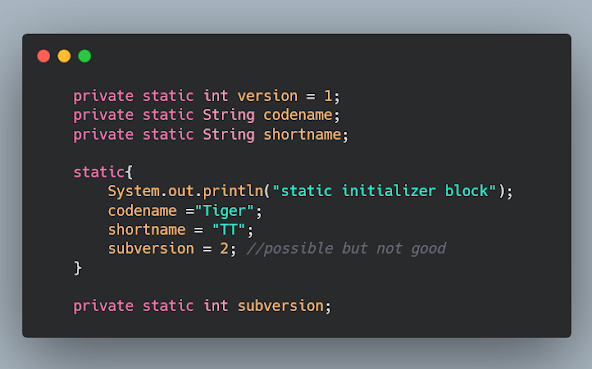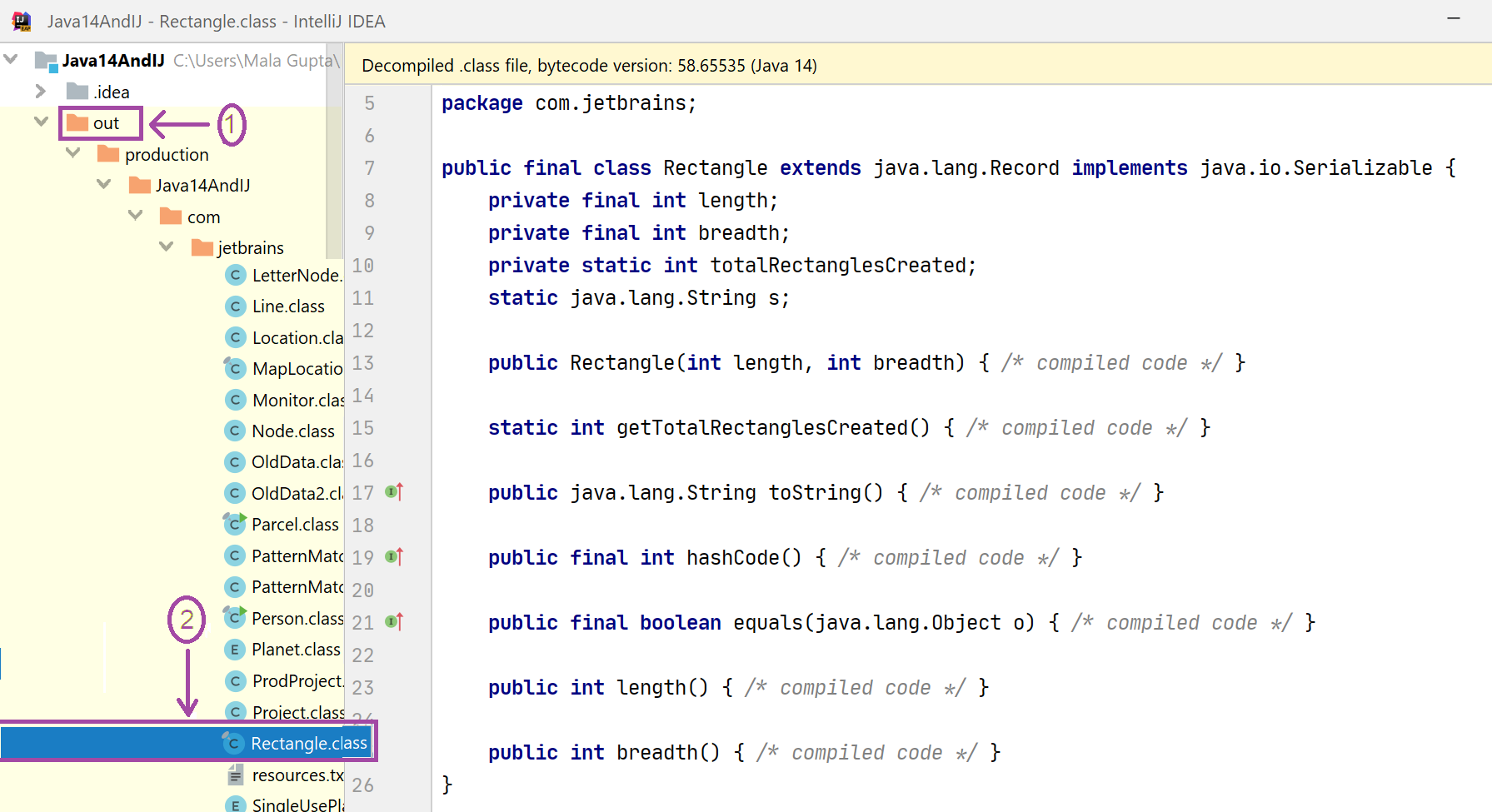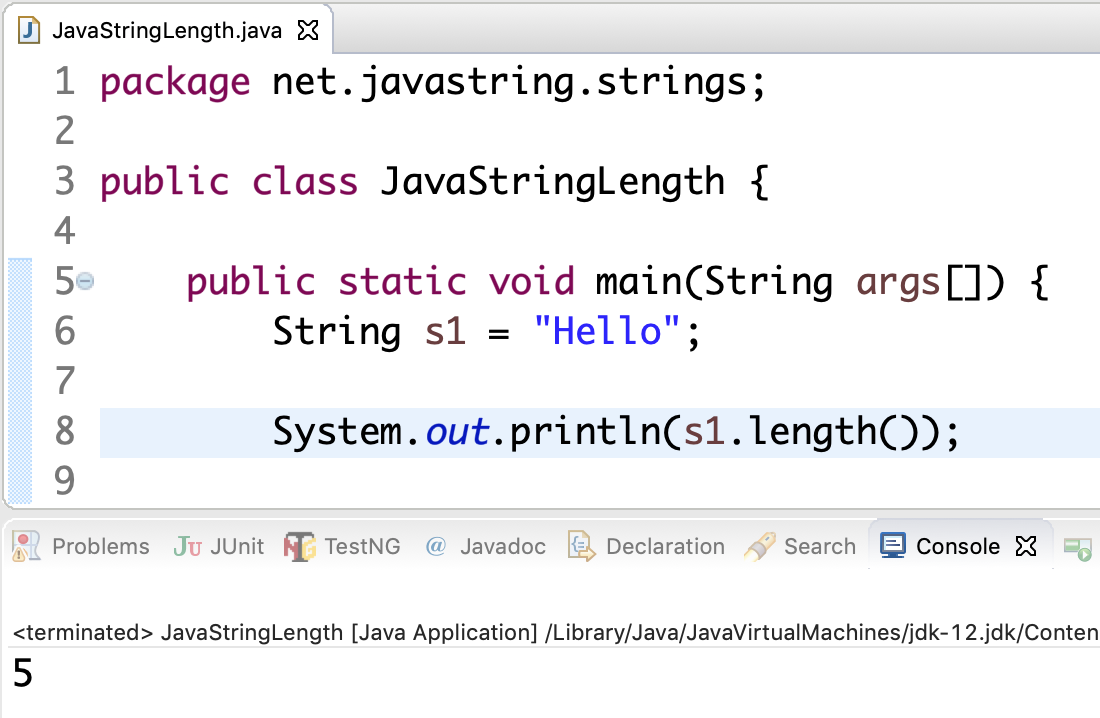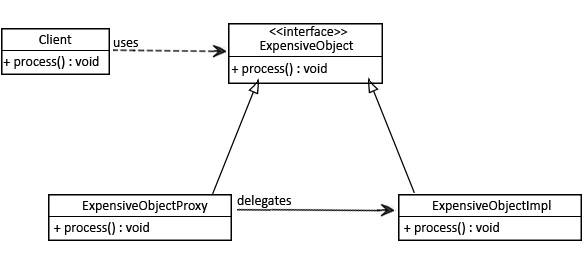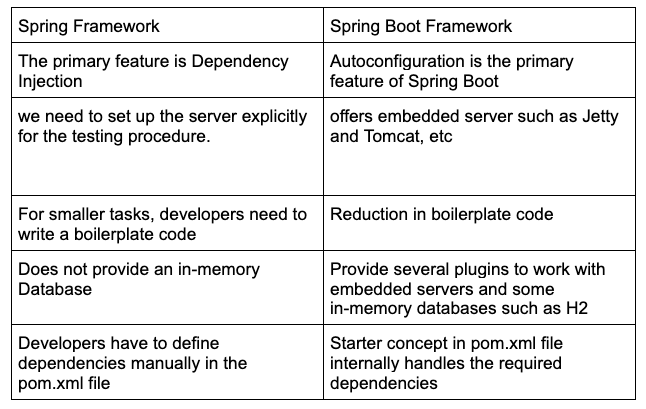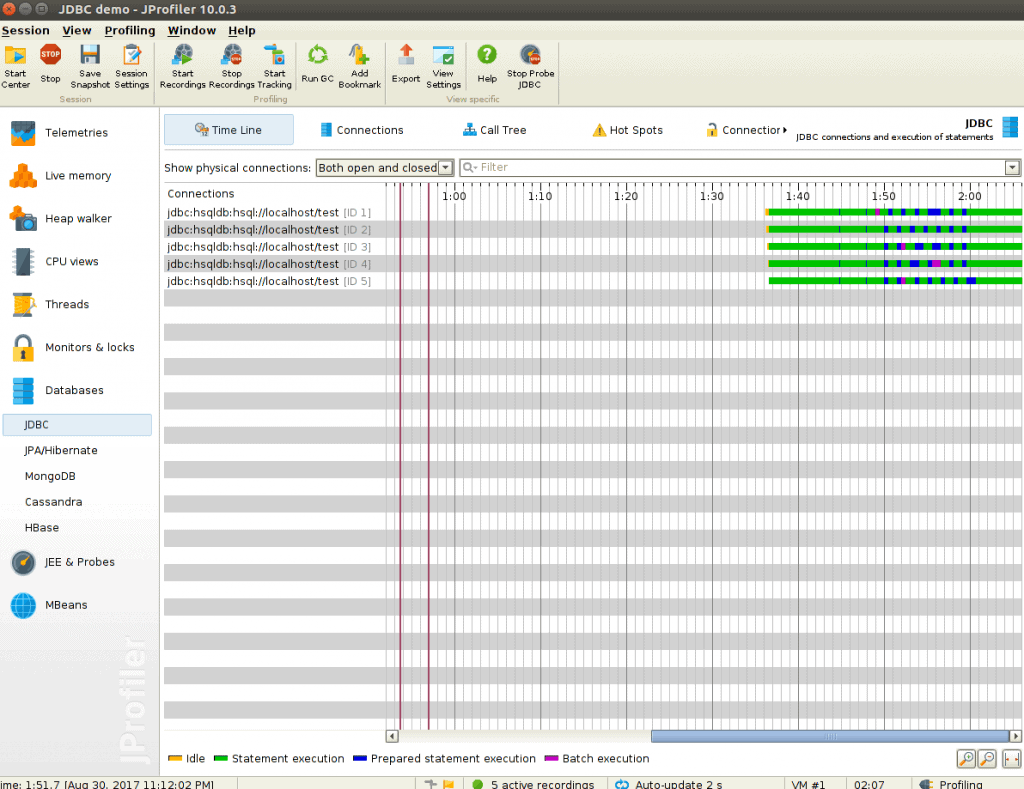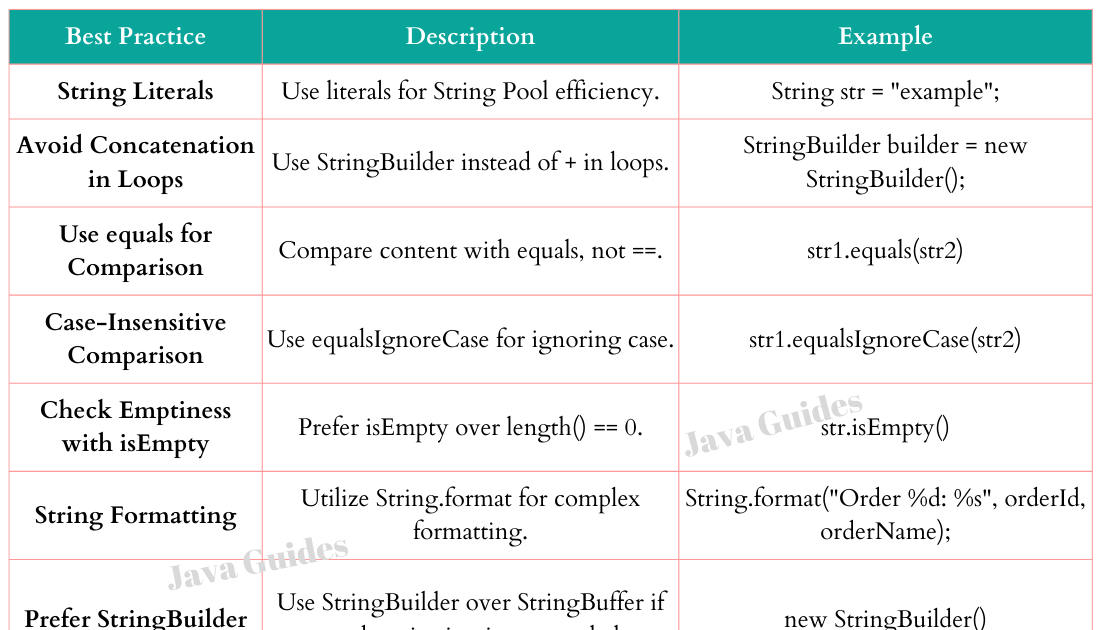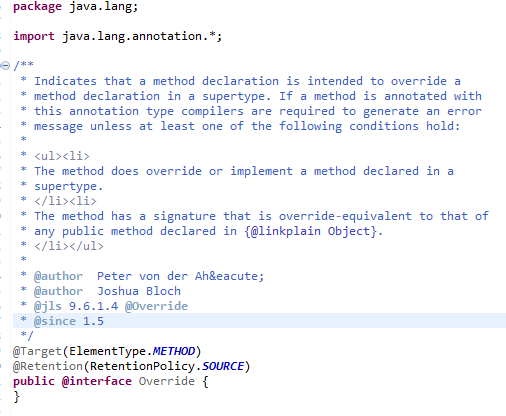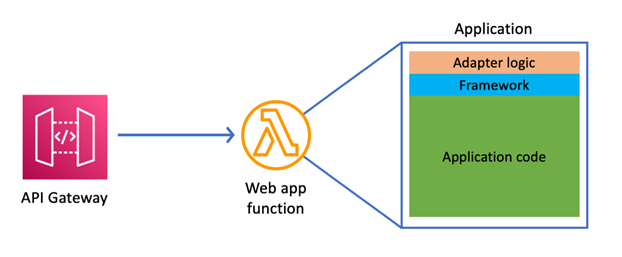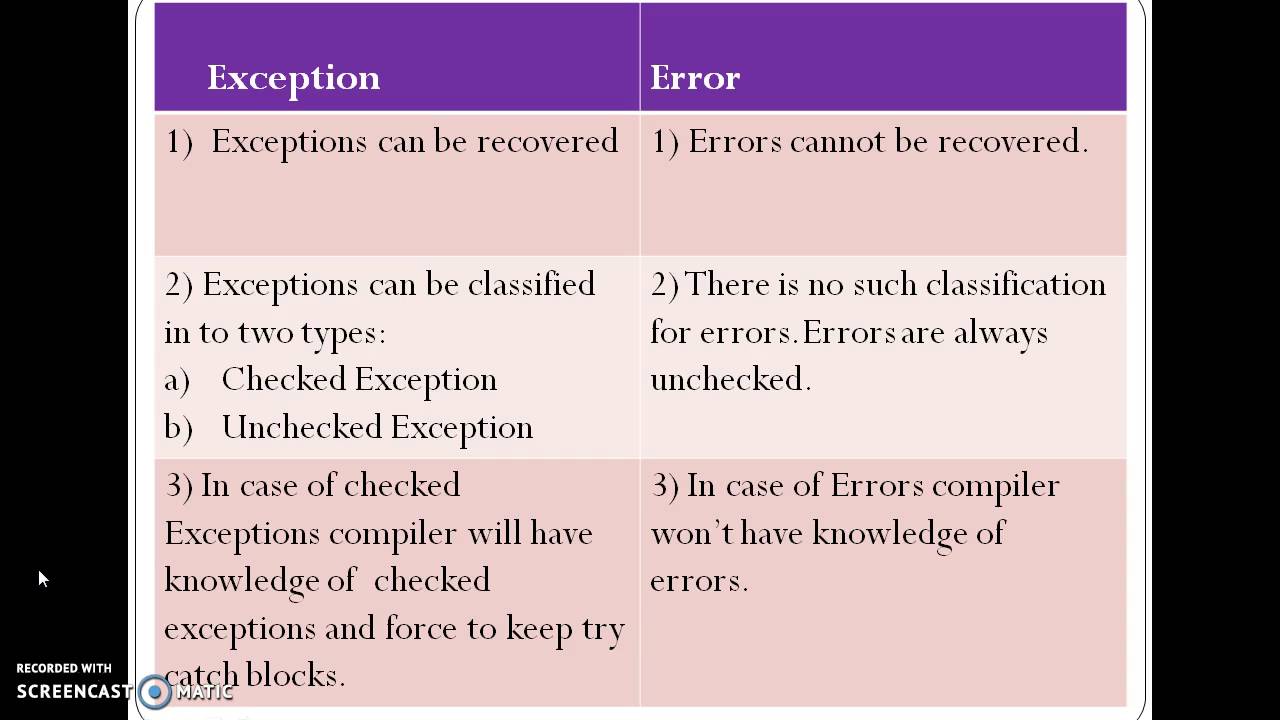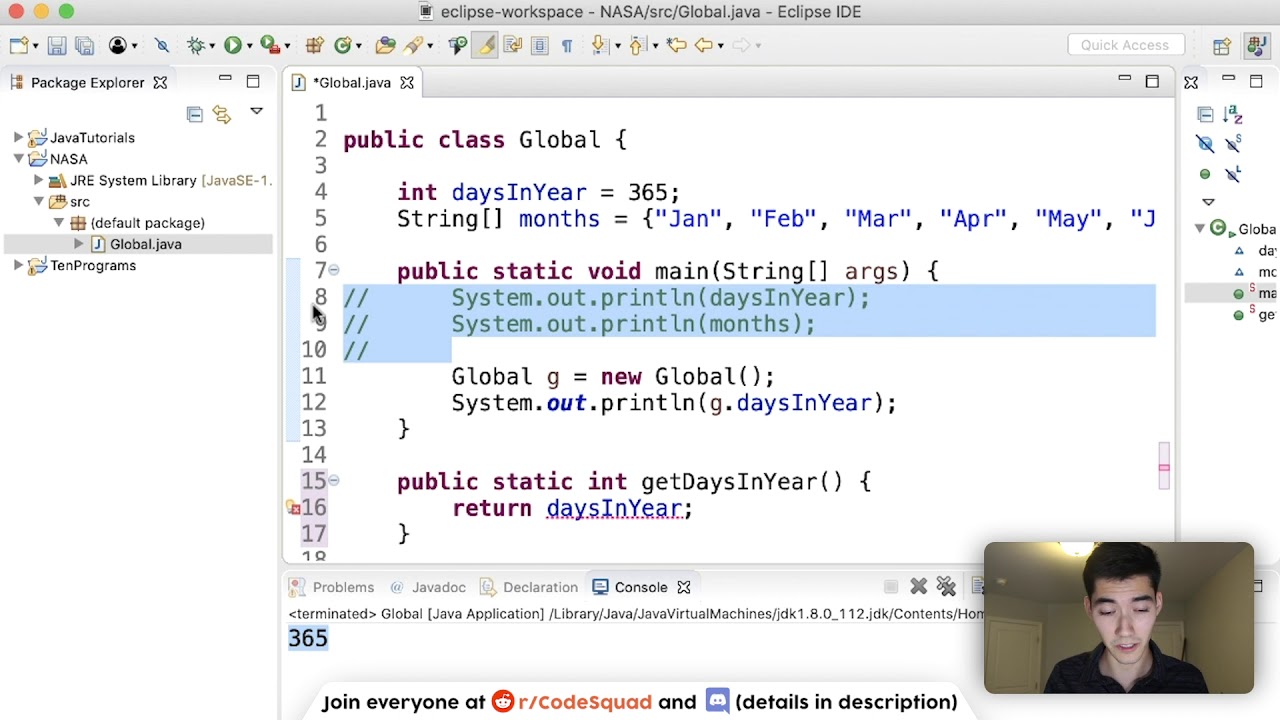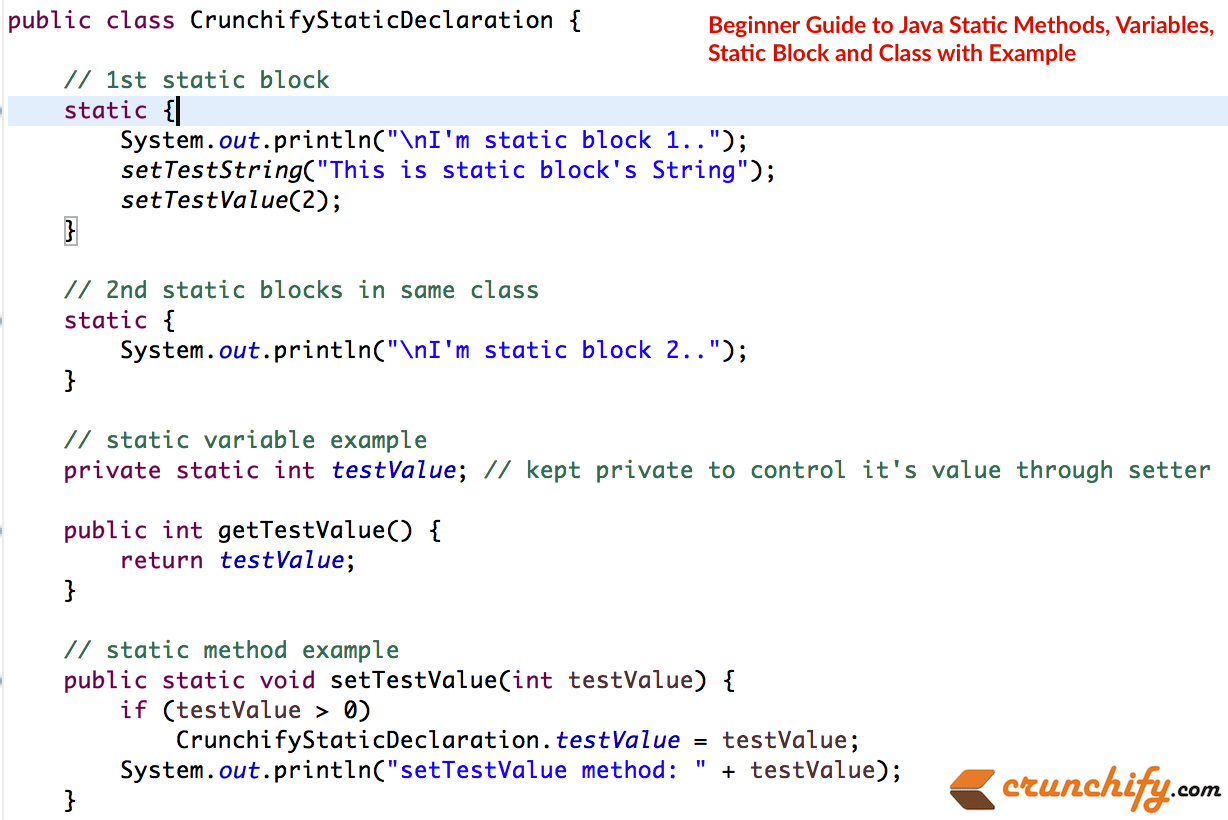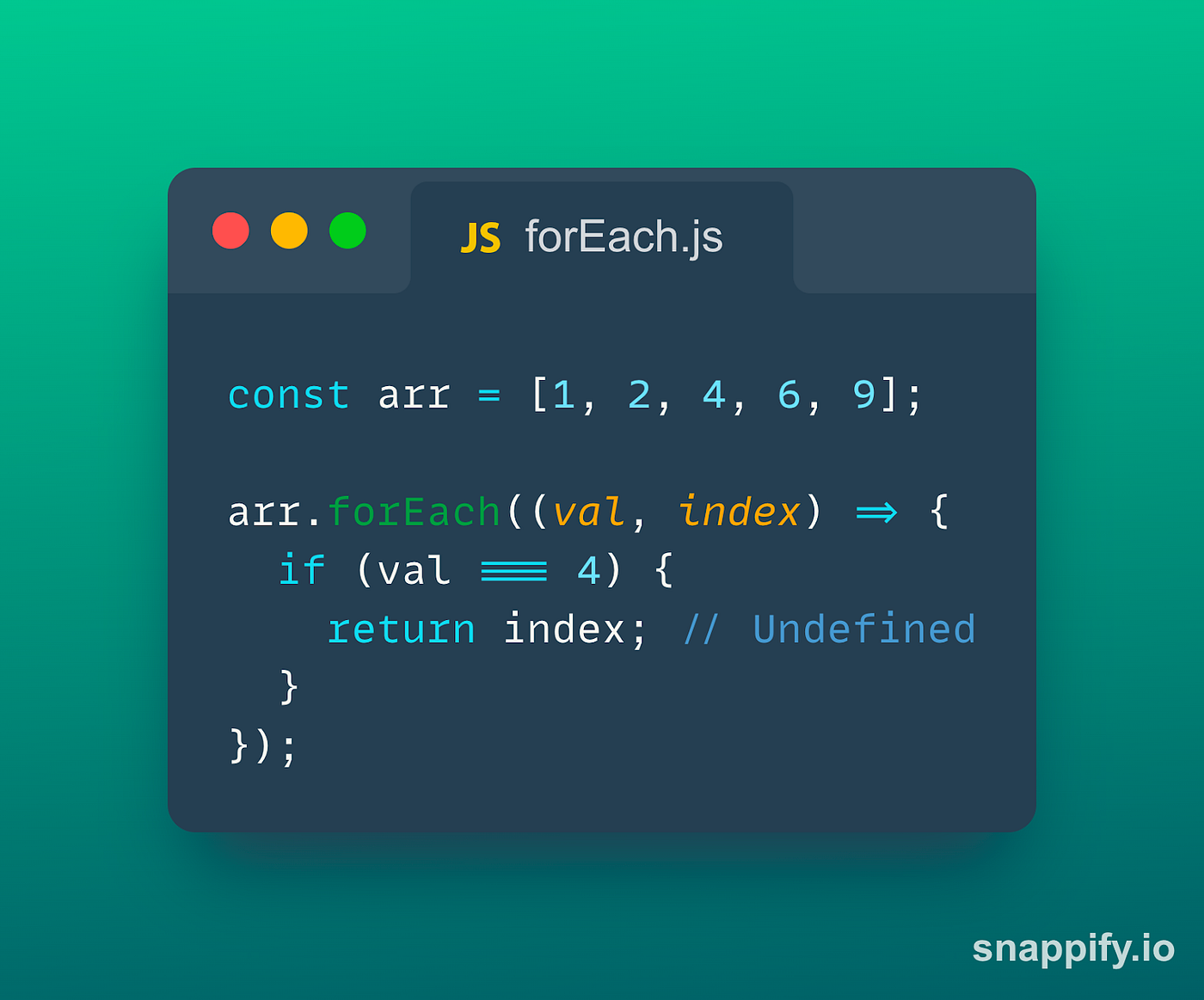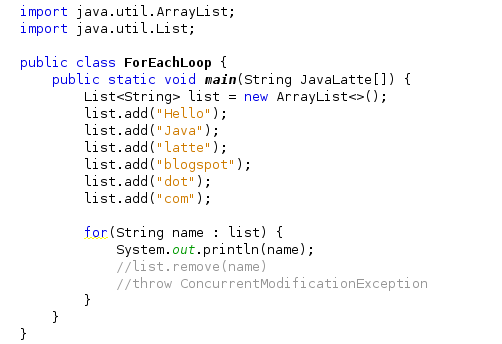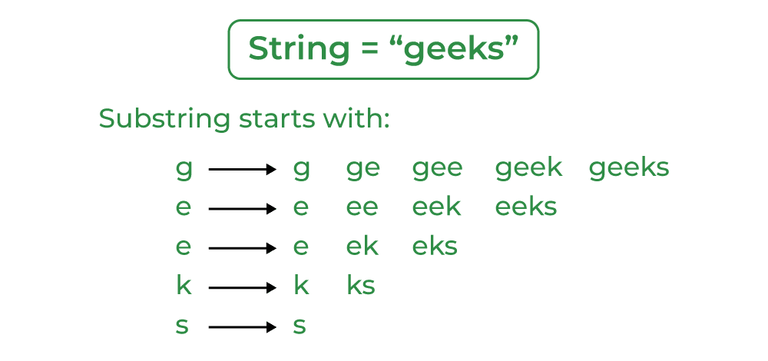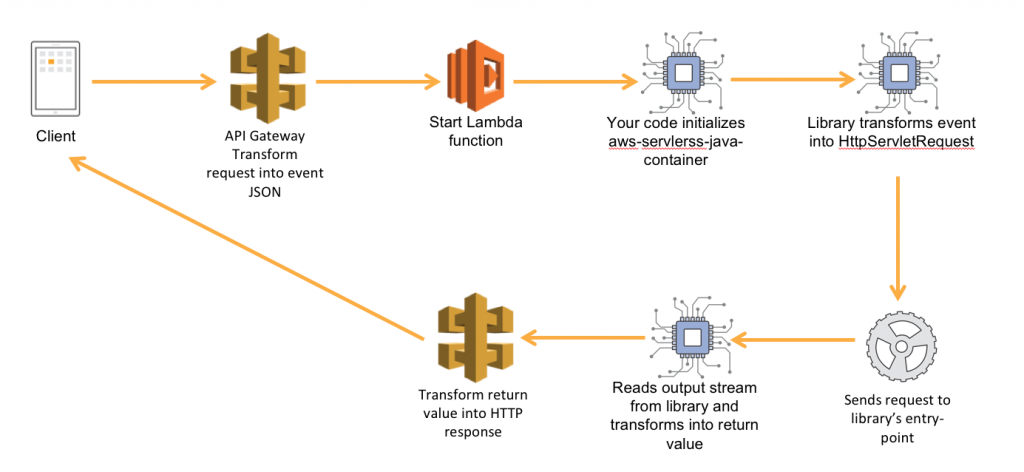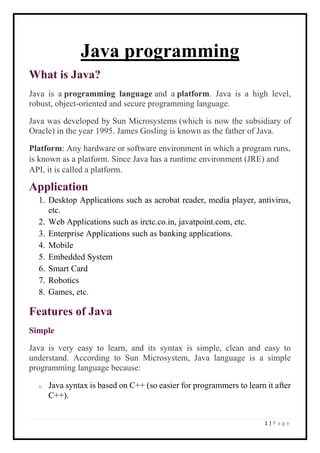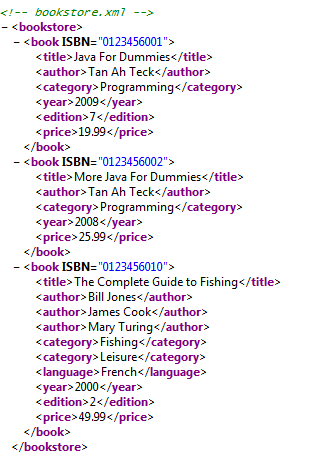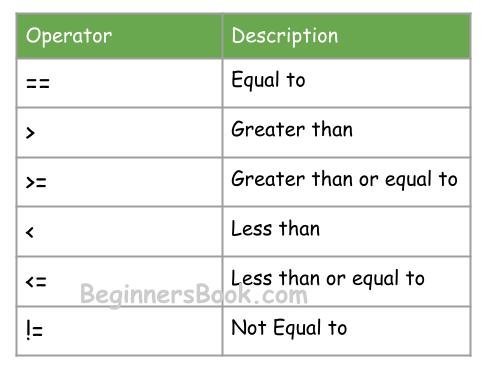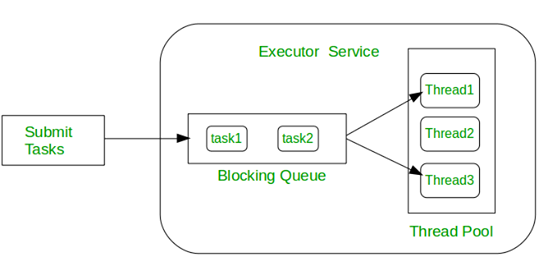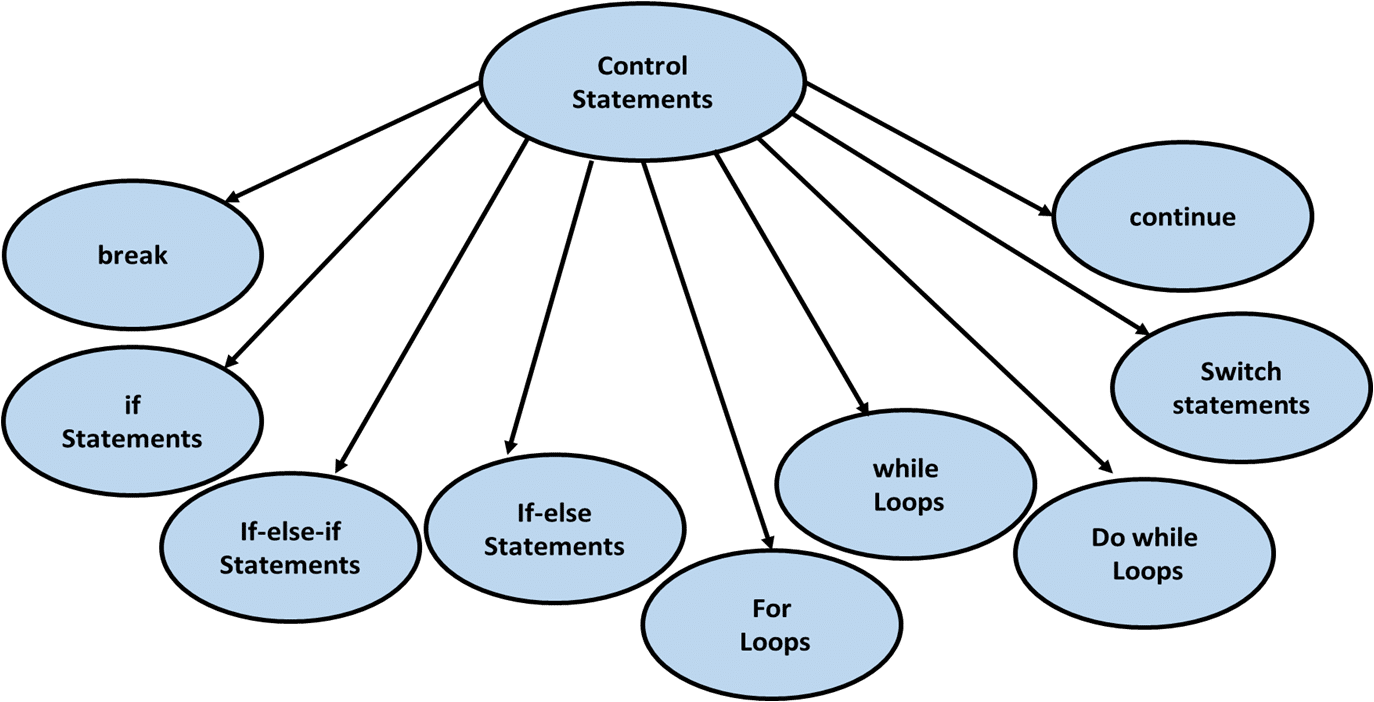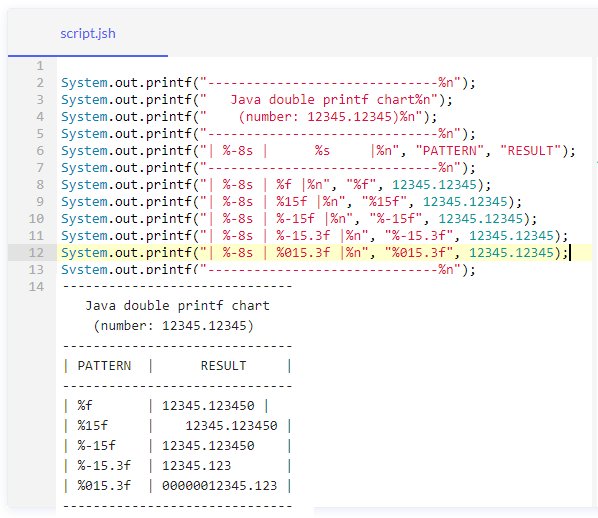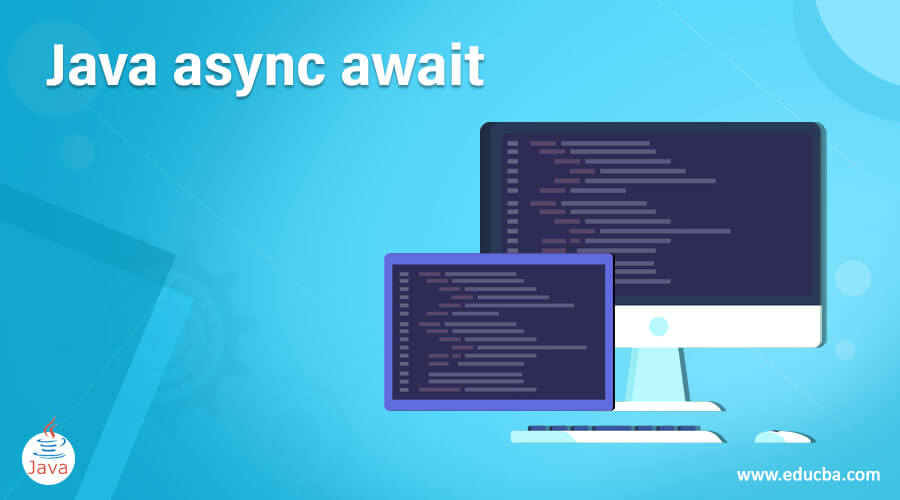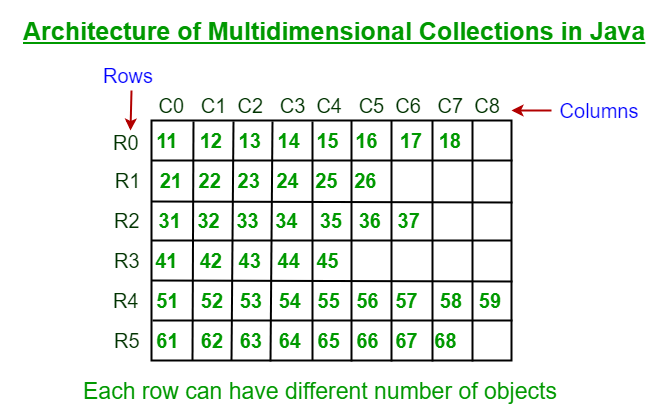What is java networking in java?
What is java networking in java?

I'm happy to help you with that!
Java Networking refers to the ability of Java programming language to interact with other computers and devices over a network, such as the internet or a local area network (LAN). In other words, Java networking allows Java programs to communicate with each other and with external systems, enabling data exchange, communication, and collaboration.
There are several key aspects of Java Networking:
Socket Programming: Java provides socket programming APIs that allow developers to create sockets, which enable communication between two machines over a network. Sockets are endpoints for communication and can be used for both client-server and peer-to-peer communication. TCP/IP and UDP Protocols: Java programs can use the TCP (Transmission Control Protocol) or UDP (User Datagram Protocol) protocols to send and receive data over a network. TCP is a connection-oriented protocol that ensures data integrity, while UDP is a connectionless protocol that provides best-effort delivery. Network Sockets and Streams: Java provides classes for working with network sockets and streams, such as theSocket, ServerSocket, and DatagramSocket classes. These classes enable developers to read and write data to and from sockets, as well as handle network socket-related events like connections, disconnections, and errors. Multicast Networking: Java provides support for multicast networking, which enables programs to send data to multiple destinations simultaneously. Web Services and RESTful APIs: Java supports web services and RESTful APIs (Representational State of Resource), enabling developers to create web-based applications that can interact with other systems over the internet.
Java's built-in networking capabilities make it an excellent choice for building networked applications, including:
Distributed Systems: Java's networking features enable the development of distributed systems, where multiple computers or devices work together to accomplish a common task. Web Applications: Java-based web applications can communicate with external systems and exchange data using the HTTP (Hypertext Transfer Protocol) protocol. Network Games: Java's networking capabilities make it an excellent choice for developing multiplayer games that require communication between multiple players.In conclusion, Java Networking provides a robust set of tools and APIs for building networked applications that can interact with other systems over a variety of networks and protocols. By leveraging these features, developers can create powerful, scalable, and highly available systems that enable seamless data exchange and collaboration.
how to visit urls with get and post calls in java.
To visit URLs with GET and POST calls in Java, you can use the HttpURLConnection class provided by the Java SDK or a library like Apache HttpComponents. Here's an example using HttpURLConnection:
import java.io.BufferedReader;
import java.io.IOException;
import java.io.InputStreamReader;
import java.net.HttpURLConnection;
import java.net.URL;
public class Main {
public static void main(String[] args) throws IOException {
String url = "http://example.com"; // replace with your URL
String queryParam = "param1=value1¶m2=value2"; // for GET requests
// For GET requests:
URL obj = new URL(url);
HttpURLConnection con = (HttpURLConnection) obj.openConnection();
con.setRequestMethod("GET");
if (!queryParam.isEmpty()) {
con.setDoOutput(true);
java.io.DataOutputStream output = new java.io.DataOutputStream(con.getOutputStream());
output.writeBytes(queryParam);
output.close();
}
int responseCode = con.getResponseCode();
System.out.println("Response code: " + responseCode);
BufferedReader in = new BufferedReader(new InputStreamReader(con.getInputStream()));
String inputLine;
StringBuffer response = new StringBuffer();
while ((inputLine = in.readLine()) != null) {
response.append(inputLine);
}
in.close();
con.disconnect();
System.out.println(response.toString());
// For POST requests:
URL objPost = new URL(url);
HttpURLConnection conPost = (HttpURLConnection) objPost.openConnection();
conPost.setRequestMethod("POST");
String postParam = "postParam1=value1&postParam2=value2"; // for POST requests
conPost.setDoOutput(true);
java.io.DataOutputStream outputPost = new java.io.DataOutputStream(conPost.getOutputStream());
outputPost.writeBytes(postParam);
outputPost.close();
responseCode = conPost.getResponseCode();
System.out.println("Response code: " + responseCode);
in = new BufferedReader(new InputStreamReader(conPost.getInputStream()));
String inputLinePost;
StringBuffer responsePost = new StringBuffer();
while ((inputLinePost = in.readLine()) != null) {
responsePost.append(inputLinePost);
}
in.close();
conPost.disconnect();
System.out.println(responsePost.toString());
}
}
In this example, we're creating an HttpURLConnection object for the specified URL. For GET requests, we set the request method to "GET" and append query parameters (if any) as a string. We then read the response code and the actual response.
For POST requests, we set the request method to "POST", enable output mode (setDoOutput(true)), and write the post parameters as a string. Again, we read the response code and the actual response.
Please note that this is a basic example. In a real-world application, you would likely want to handle errors more robustly and add additional features like authentication and encryption.
To use Apache HttpComponents:
Download and include the necessary JAR files in your project. Create an instance ofHttpClient (e.g., DefaultHttpClient) and use its methods (such as execute()) to send requests.
Here's a simple example using HttpPost for POST requests:
import org.apache.http.HttpResponse;
import org.apache.http.client.HttpClient;
import org.apache.http.client.methods.HttpPost;
import org.apache.http.entity.StringEntity;
import org.apache.http.impl.client.DefaultHttpClient;
public class Main {
public static void main(String[] args) throws IOException {
HttpClient client = new DefaultHttpClient();
HttpPost post = new HttpPost("http://example.com");
// Create the request body
StringEntity entity = new StringEntity("{"postParam1":"value1","postParam2":"value2"}", "UTF-8");
entity.setContentEncoding(HttpProtocolParams.UTF_8);
post.setEntity(entity);
// Execute and get the response
HttpResponse response = client.execute(post);
int code = response.getStatusLine().getStatusCode();
System.out.println("Response code: " + code);
BufferedReader in = new BufferedReader(new InputStreamReader(response.getEntity().getContent()));
String inputLine;
StringBuffer responseStr = new StringBuffer();
while ((inputLine = in.readLine()) != null) {
responseStr.append(inputLine);
}
in.close();
client.close();
System.out.println(responseStr.toString());
}
}
This example creates a POST request with a JSON payload and sends it using Apache HttpComponents.
